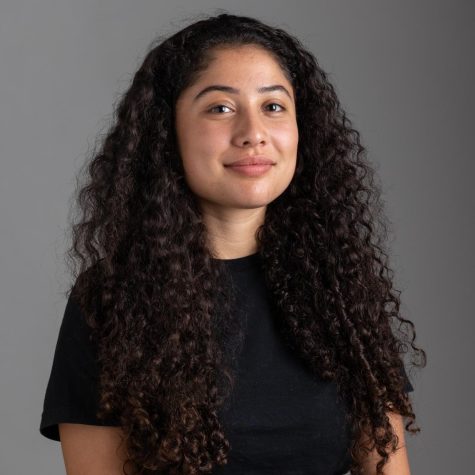


SF State leaders created new avenues to increase enrollment for marginalized ethnic groups as enrollment declines
May 8, 2022
SF State aims to increase enrollment for marginalized ethnic groups through accessible transportation and community outreach as graduation rates decline.
Black and Latino student enrollment has rapidly decreased despite them making up 42.38% of SF State’s population and being the largest combined ethnic group across the California State University system.
According to SF State’s Institutional Research, Latino students occupy the majority of SF State’s colleges: the College of Liberal and Creative Arts, Business, Education, Ethnic Studies, Health and Social Sciences and Science and Engineering.
Additionally, the CSU reported that approximately 19,645 Black students and 217,232 Latino and Hispanic students were enrolled during the Fall 2021 semester, making up almost half of the CSU student body.
“Recent data shows that too many of our Black and Latinx students continue to walk away without a degree,” said SF State President Lynn Mahoney in a campus-wide email. “Only 67% of Black and Latinx first-year students who started in Fall 2019 remained enrolled by Fall 2021—574 students are no longer here making progress toward their degrees.”
Jamillah Moore, SF State’s vice president for student affairs & enrollment management, believes that the issue could stem from first-generation student enrollment during the pandemic.
“When we work with first-generation students, they don’t always know the process,” Moore said. “Students in general that are navigating this space can get overwhelmed.”
Katie Lynch, SF State’s senior associate vice president for enrollment management, said that SF State is trying to be more proactive in finding out where the students stand in their enrollment process, instead of relying on them to reach out.
“An approach we’re using with San Francisco Unified that we hope to replicate at other unified school districts is where we come to high schools, not just to do traditional recruitment and talk to prospective students but the whole family,” Lynch said. “We want to hold financial aid seminars and do them in different languages when possible.”
Lydia Perez, a Latina student at SF State, believes that transportation could cause conflict with student enrollment.
“With transportation, it takes students a while to get to campus taking a bus to the BART station and taking BART to Daly City and then taking the bus again,” Perez said. “It puts a lot of stress on students.”
Due to transportation limitations, Perez chose to take online classes.
According to Lynch, SF State is taking steps to make transportation easier for new students and their families during the enrollment process.
“We are partnering with our colleagues in Metro Success Academy Aspire and also our Educational Opportunity Programs to make sure that we’re providing as much service as we possibly can to students and their families,” Lynch said. “We want to connect more locally so that families who maybe wouldn’t be able to get over here to campus at the right time of day.”
According to Lynch, SF State also plans to expand student tours to include more evening and weekend availability in an attempt to be more accessible to a variety of students and families.
“Furthermore, even once you are enrolled, we’re really working towards reducing administrative barriers for students so that you don’t have to know as much about navigating this really complex system.”
Moore believes that the pandemic has an overall negative effect on enrollment in that it introduced an additional barrier.
“We’re still in the pandemic,” Moore said. “It’s not as bad as 2020, but we’re still navigating those spaces and many of our students and families are still trying to rebound and work their way through that.”

